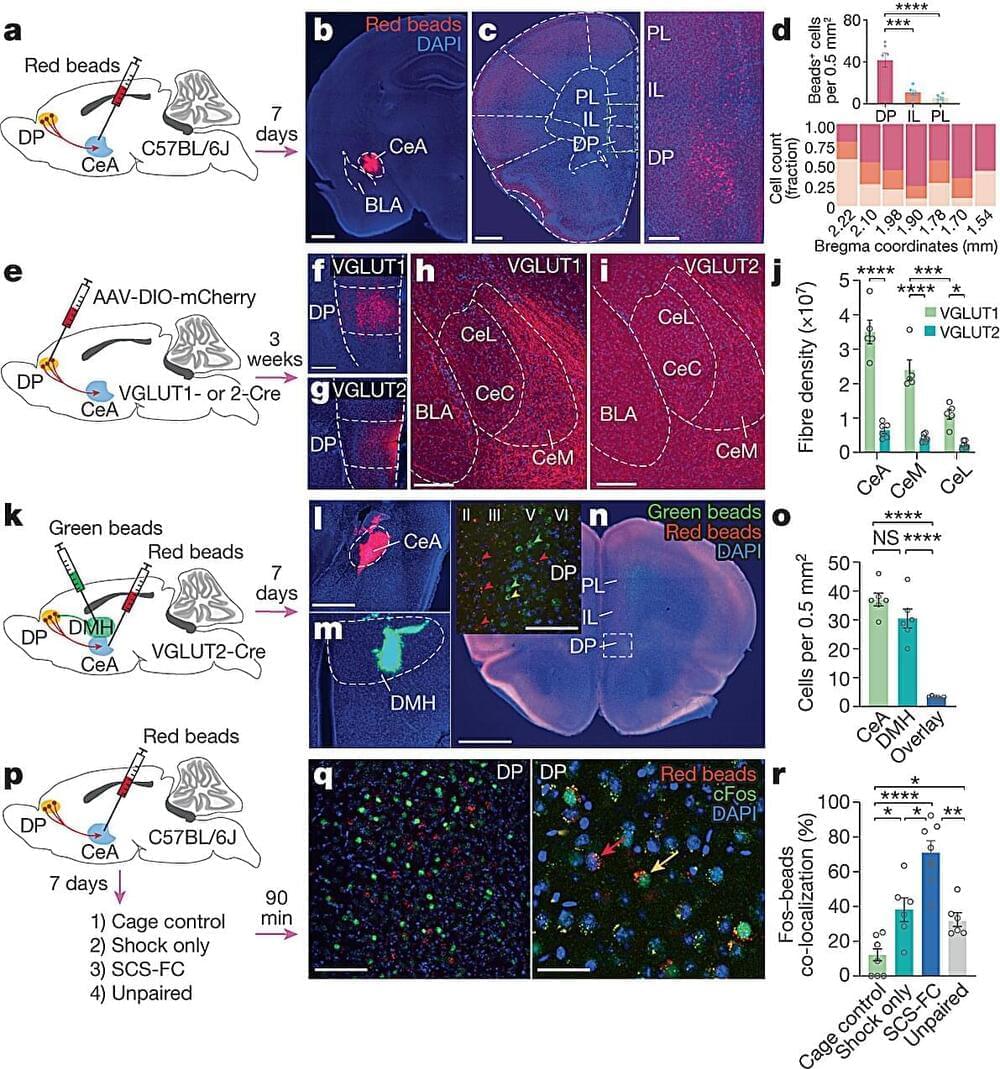Survival requires the selection of appropriate behaviour in response to threats, and dysregulated defensive reactions are associated with psychiatric illnesses such as post-traumatic stress and panic disorder.
Scientists have discovered a new neural pathway involved in how the brain encodes the transition to high-intensity fear response behaviors that are necessary for survival, according to a recent study published in Nature.
Jones Parker, Ph.D., assistant professor of Neuroscience, of Pharmacology and of Psychiatry and Behavioral Sciences, was a co-author of the study.
In mammals, the amygdala is involved in generating survival responses and transitioning to different high-intensity fear behaviors such as freezing or immobility (avoidance behavior) to escaping (flight behavior) in response to perceived threats.
